What It Was Like to Design the Costumes for Black Panther: Wakanda Forever
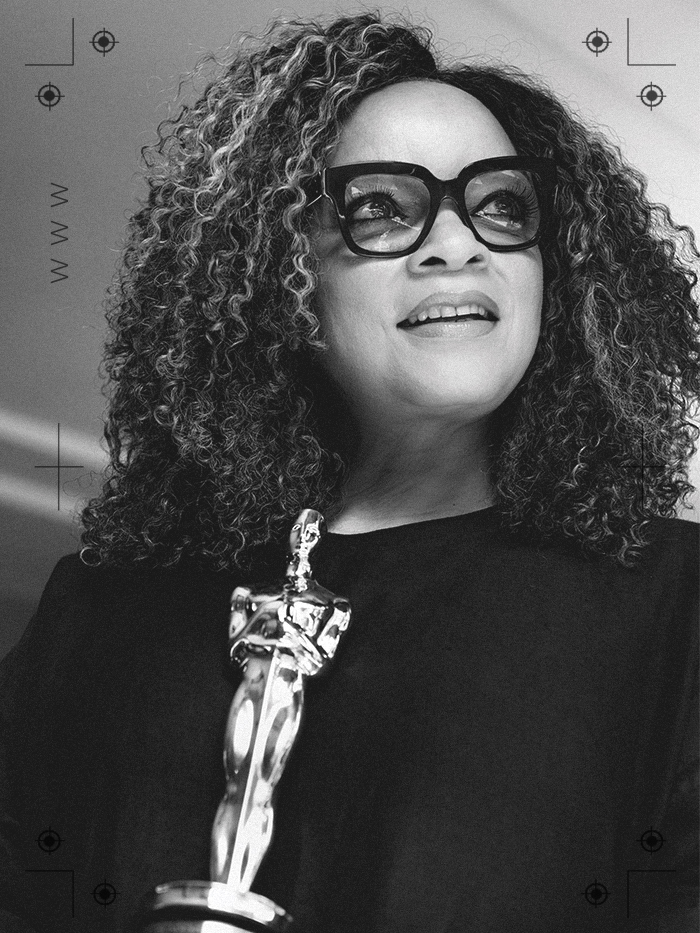
Welcome to our podcast, Who What Wear With Hillary Kerr. Think of it as your direct line to the designers, stylists, beauty experts, editors, and tastemakers who are shaping the fashion-and-beauty world. Subscribe to Who What Wear With Hillary Kerr on Apple Podcasts and Spotify.
Academy Award–winning costumer designer Ruth E. Carter knows a thing or two about making an impact. In 2019, she made history as the first Black person to win an Oscar for costume design for her work on Black Panther.
Growing up, Carter was surrounded by artists and teachers. While she initially wanted to be a special education teacher, she decided halfway through her undergraduate degree to switch to theater arts.
The rest is history.
In the latest episode of Who What Wear With Hilary Kerr, Carter shares what the costume design process was like for Black Panther: Wakanda Forever, how she fuses contemporary and traditional ideas into her designs, and more.
For some excerpts of their conversation, scroll below.
Can you walk us through how you found your way into costume design?
I've always been in love with Afrofuture in a roundabout way. As I began as a young girl, I would listen to The Last Poets' "The Revolution Will Not Be Televised." I always had a mindset of thinking ahead for the betterment of my community. I was taught that as a kid to look at the liberation colors as a form of freedom.
As I progressed through high school, I'd be in programs like Uhuru Sasa Upward Bound. They were remedial learning, but the summer programs actually taught you a lot about culture, African culture. They had dance; they had drumming. The theatrical element came into my mindset very early.
I come from a legacy of teachers. I have brothers that were fine artists. There were always encouragement in my household of art.
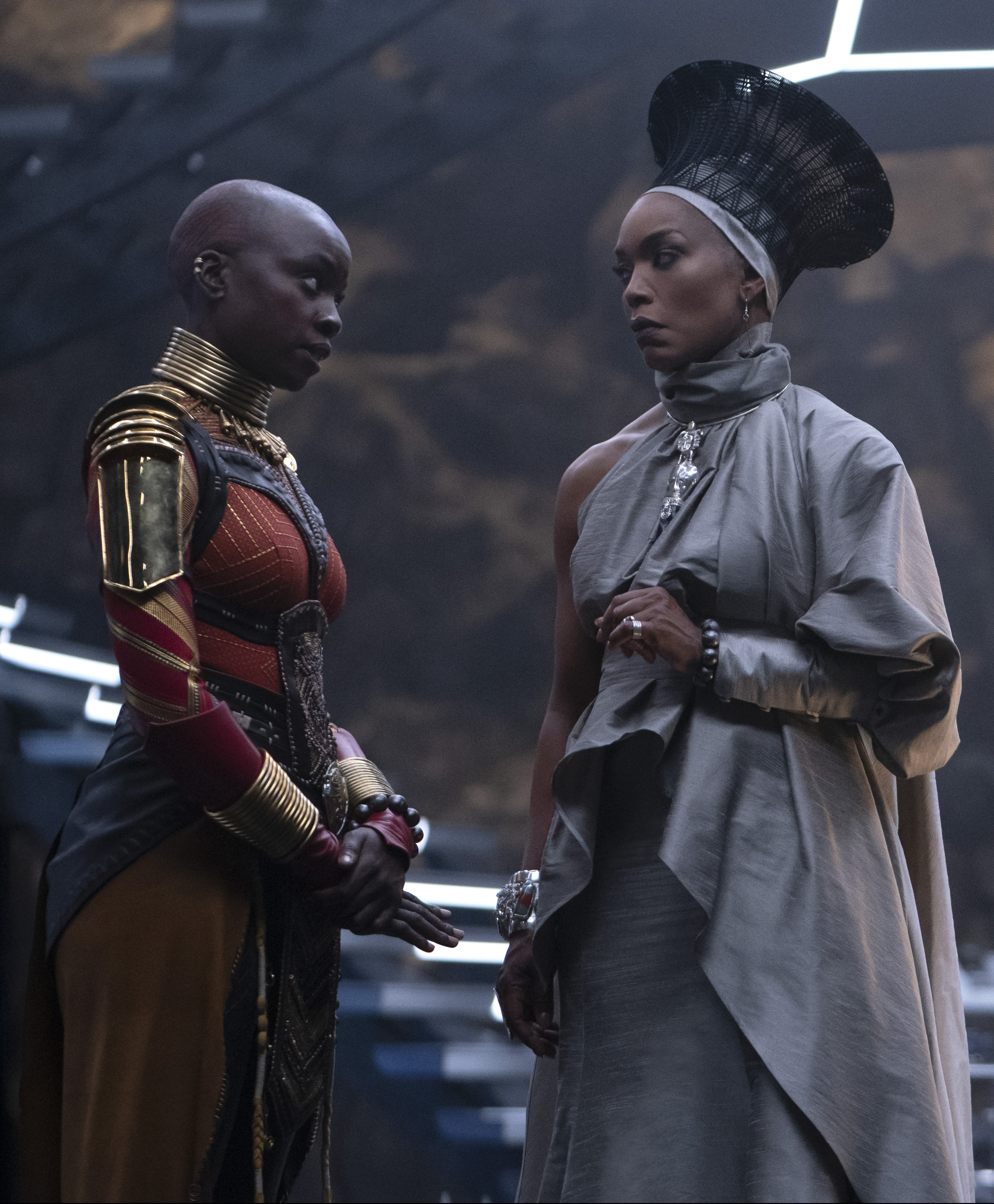
One day in my bedroom, there was a sewing machine. It was tucked inside the desk that I was using. I started to use that just as a way of being creative. I never wore anything that I made on that sewing machine. When I got to the end, it was like, "Oh gosh," but other people liked it.
Once I got to college, I wanted to be first an educator, special education, but in the back of my mind, I kept saying, "I'd do theater for the deaf." I wanted to learn sign language. I kept auditioning, even though I was in special education.
I decided halfway through undergrad that I was going to switch over to theater arts, and when I did, it just stuck like glue.
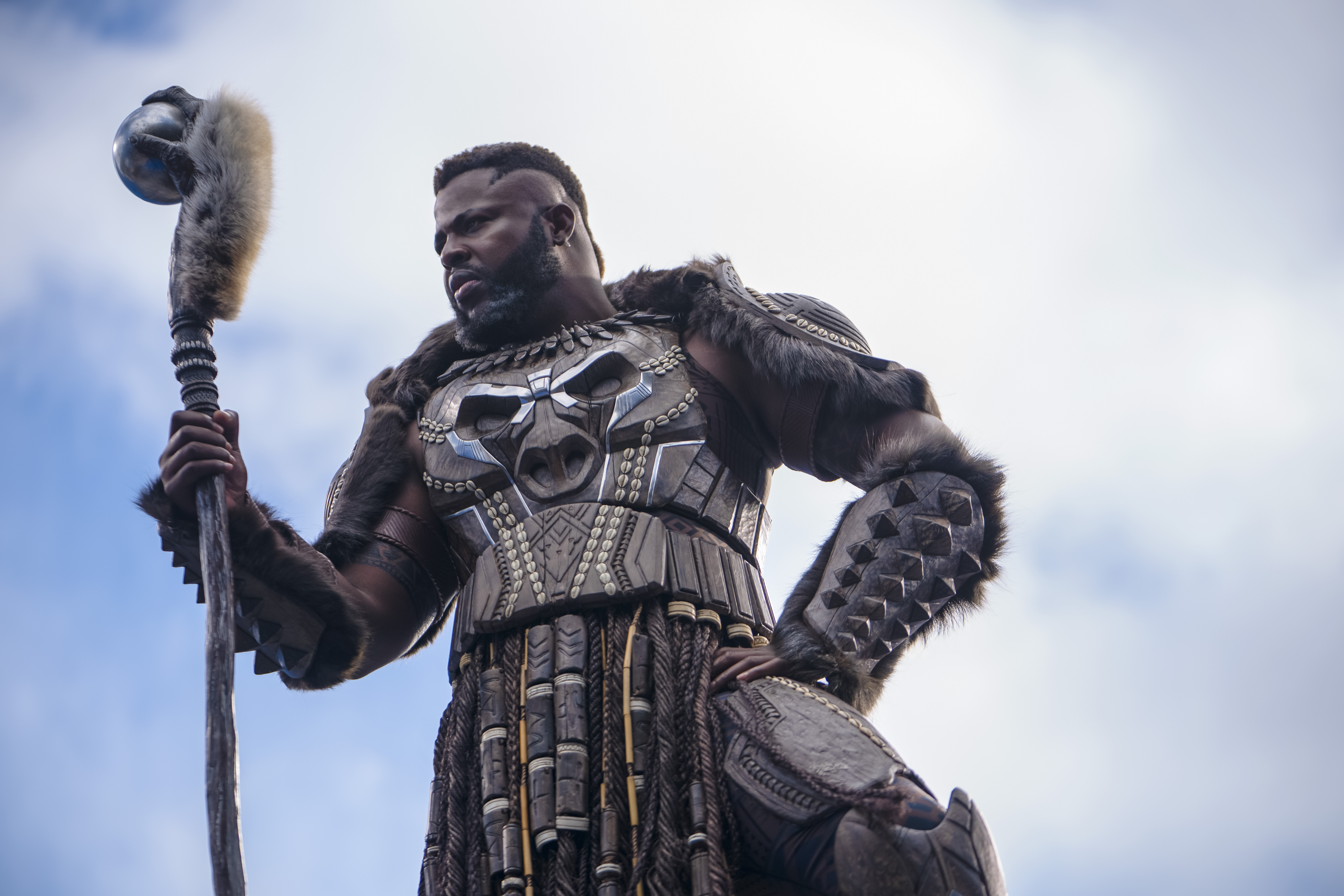
Black Panther: Wakanda Forever is finally out now for everyone to see, and it's just as incredible as the first. The run time is two hours and 41 minutes, and the cast is massive. How do you begin on a project of this scale? How long did the entire process take for your department?
Looking at the end result of it feels like the enormity of this project. Going into it is enormity. We lost our hero, and many of us poured into our art form. We all wanted to honor Chadwick [Boseman]'s life and also present an incredibly elevated art form to the world.
When you think about the inspiration, the passion, the purpose, the intention, it doesn't feel enormous anymore. You start to divide it and say, "Who will I include in this journey? Who gets the aesthetic? What outsourcing can I use?"
Everything starts from an enormous number of artists that come together with drawings. We sit together, and we talk about the story. All of these artists come together with illustrations.
We're evaluating and talking about what we like, talking about what doesn't work, talking about story. After we lost our dear Chadwick, kind of Ryan Coogler became our hero. We needed him and Joe Robert Cole to bring us a script.
One thing he was very clear about was going to honor Chadwick, and it was going to examine grief in many forms.
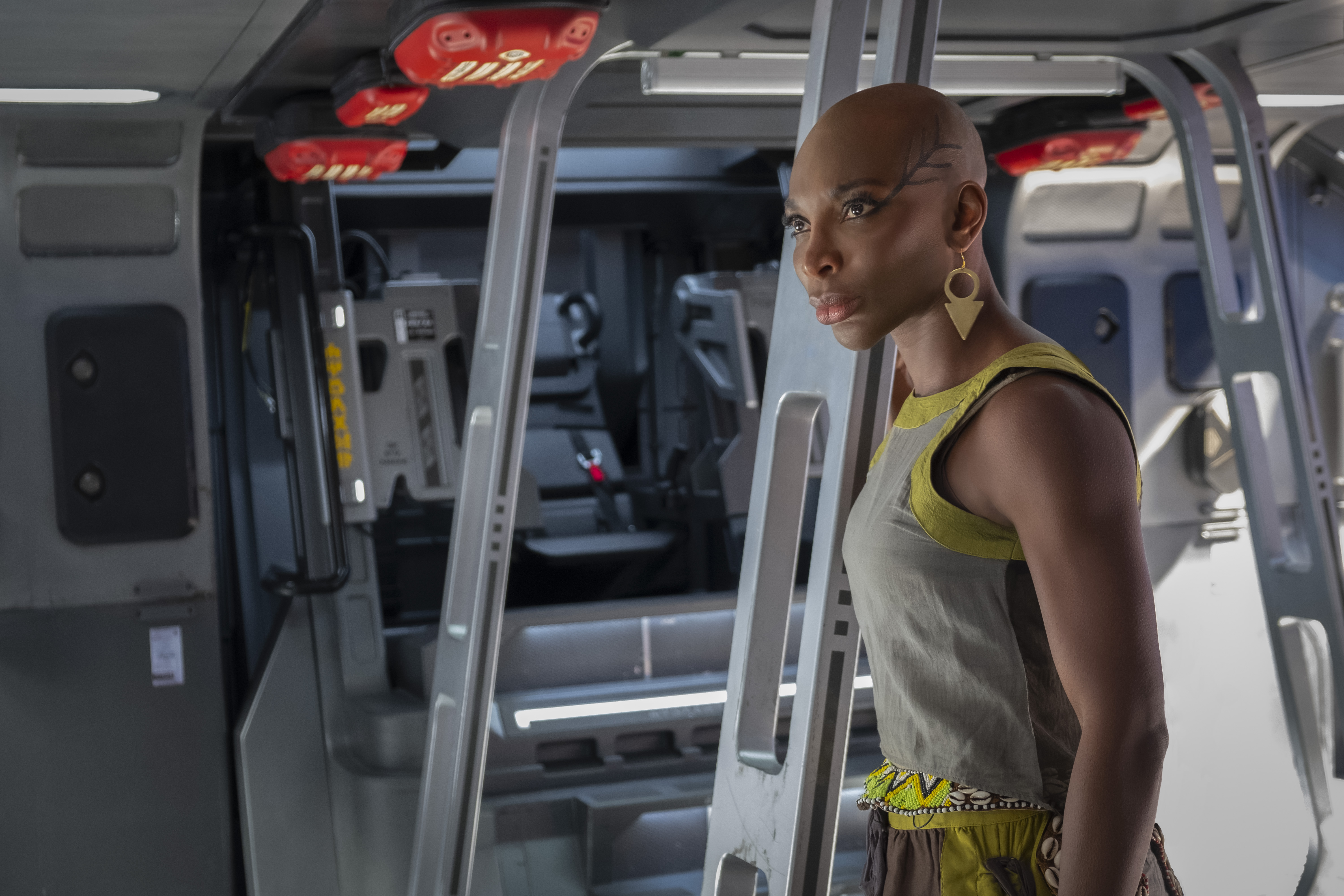
Throughout both of the films in this franchise, you are known for your phenomenal work fusing traditional and contemporary ideas, paying homage to the people of Africa while also driving the story through technology and a futuristic lens. Can you talk about that balancing act?
There is a balance. I feel that's my aesthetic. That balance is different for everyone. Even looking at the picture, you're inspired by something that might lean more into African garb, that might lean more into futuristic elements, that may lean more into just culture and enjoying culture.
For me, I have to have a real balance with all three. If it's not required, I try not to go too heavily in one direction.
I like to have the balance of, "Oh maybe there is a futuristic garment that the character is wearing, but I'm going to 3D-print the belt, and they'll have this belt that's like done in the lab."
The balance is definitely there, but the main objective is to see and feel culture. Even if it is presenting it in a futuristic way, we still see the culture, and we can appreciate that there is an homage to tradition.

This interview has been edited and condensed for clarity. Next up, check out our previous episode featuring our Who What Wear editors, who share what they're gifting this season.
-
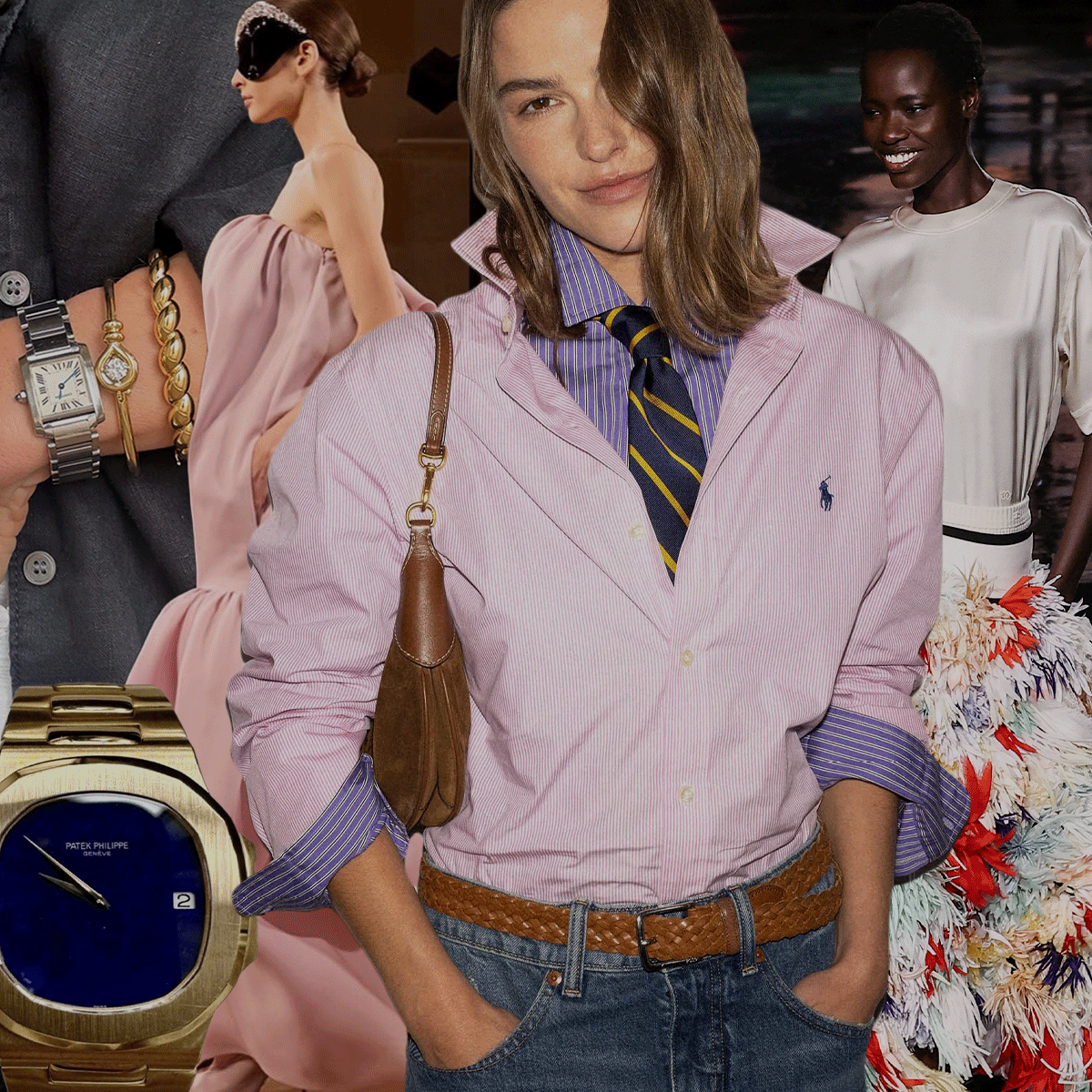 Breaking Down the 2025 Luxury Report, From It Bags to New Creative Directors
Breaking Down the 2025 Luxury Report, From It Bags to New Creative DirectorsAnd how Gen Z is getting in on the action.
-
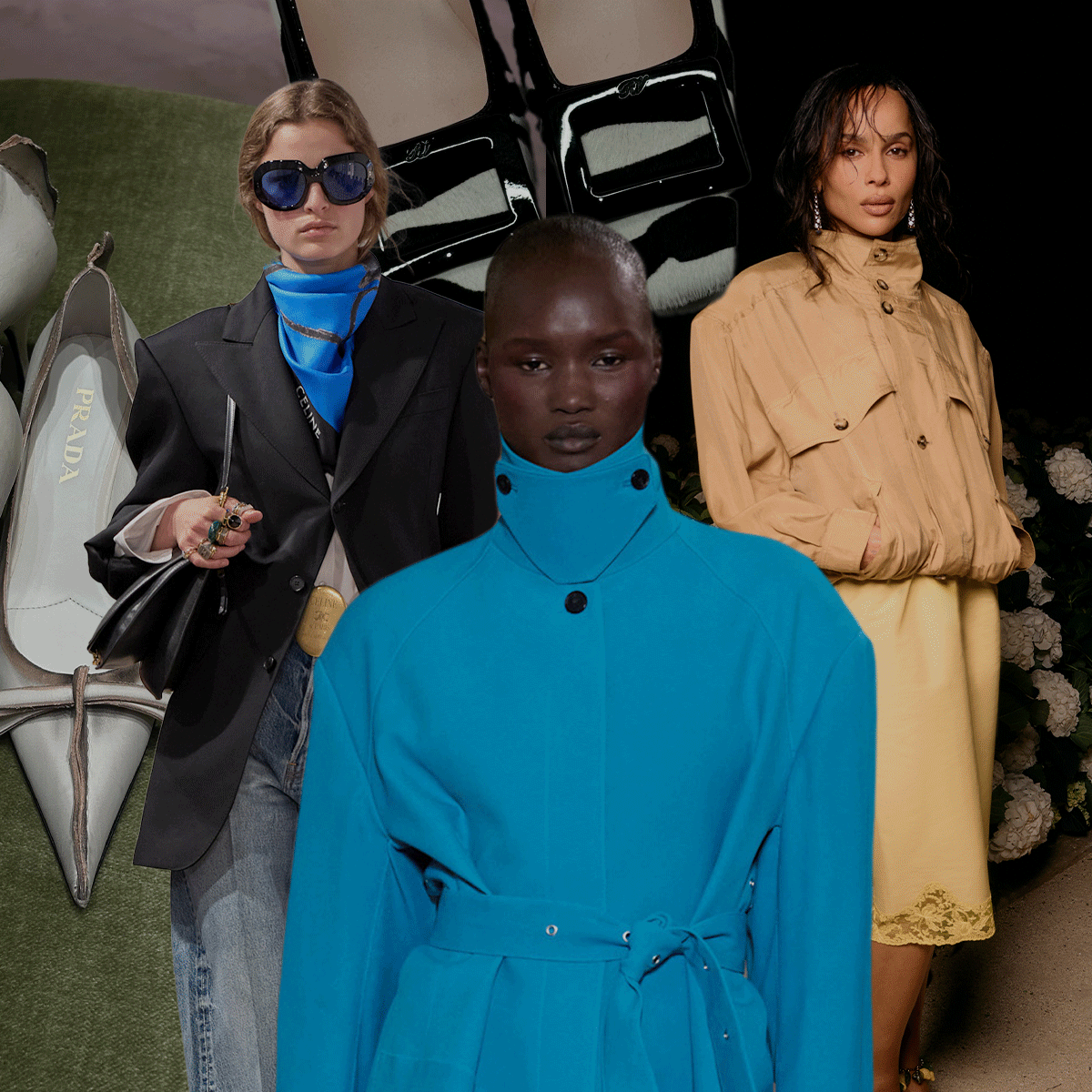 Your Download on 2025's Biggest Trends and Where Fashion's Headed in 2026
Your Download on 2025's Biggest Trends and Where Fashion's Headed in 2026Breaking down fashion's biggest moments and trends of the year.
-
 The Wicked: For Good Costume Designer Reveals How He Created the Magical Looks Worn by the Film's Stars
The Wicked: For Good Costume Designer Reveals How He Created the Magical Looks Worn by the Film's StarsPlus, how the costuming has evolved since the first film.
-
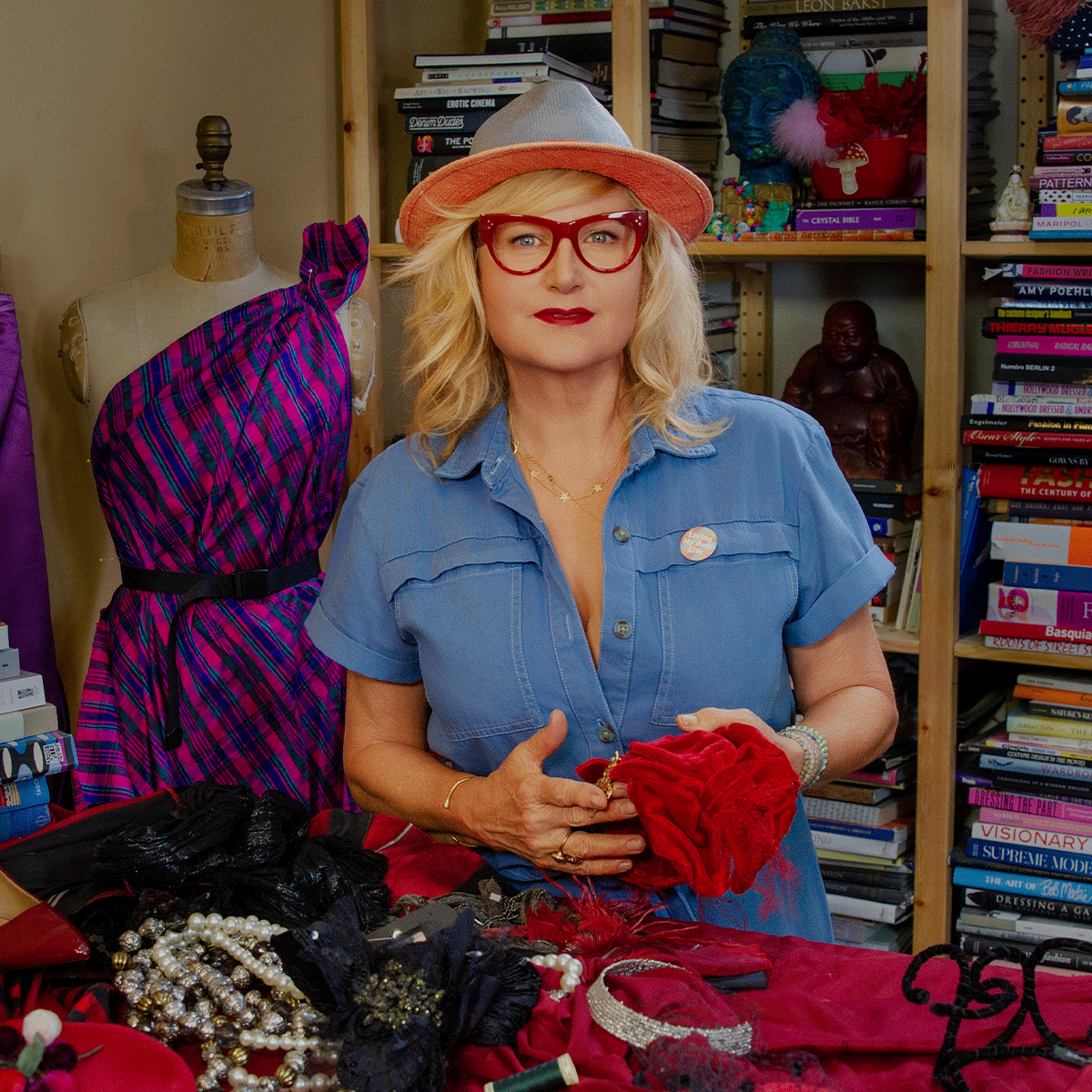 The Costume Designer of Clueless Celebrates 30 Years of the Film's Iconic Fashion
The Costume Designer of Clueless Celebrates 30 Years of the Film's Iconic FashionPlus, what it was like working on the iconic film.
-
 Our Top Holiday Gifts of 2025
Our Top Holiday Gifts of 2025Plus our surprise gifts to each other.
-
 Stylist Enrique Melendez Recounts Jenna Ortega's Style Evolution
Stylist Enrique Melendez Recounts Jenna Ortega's Style EvolutionPlus, what it's like styling for the red carpet versus a press junket.
-
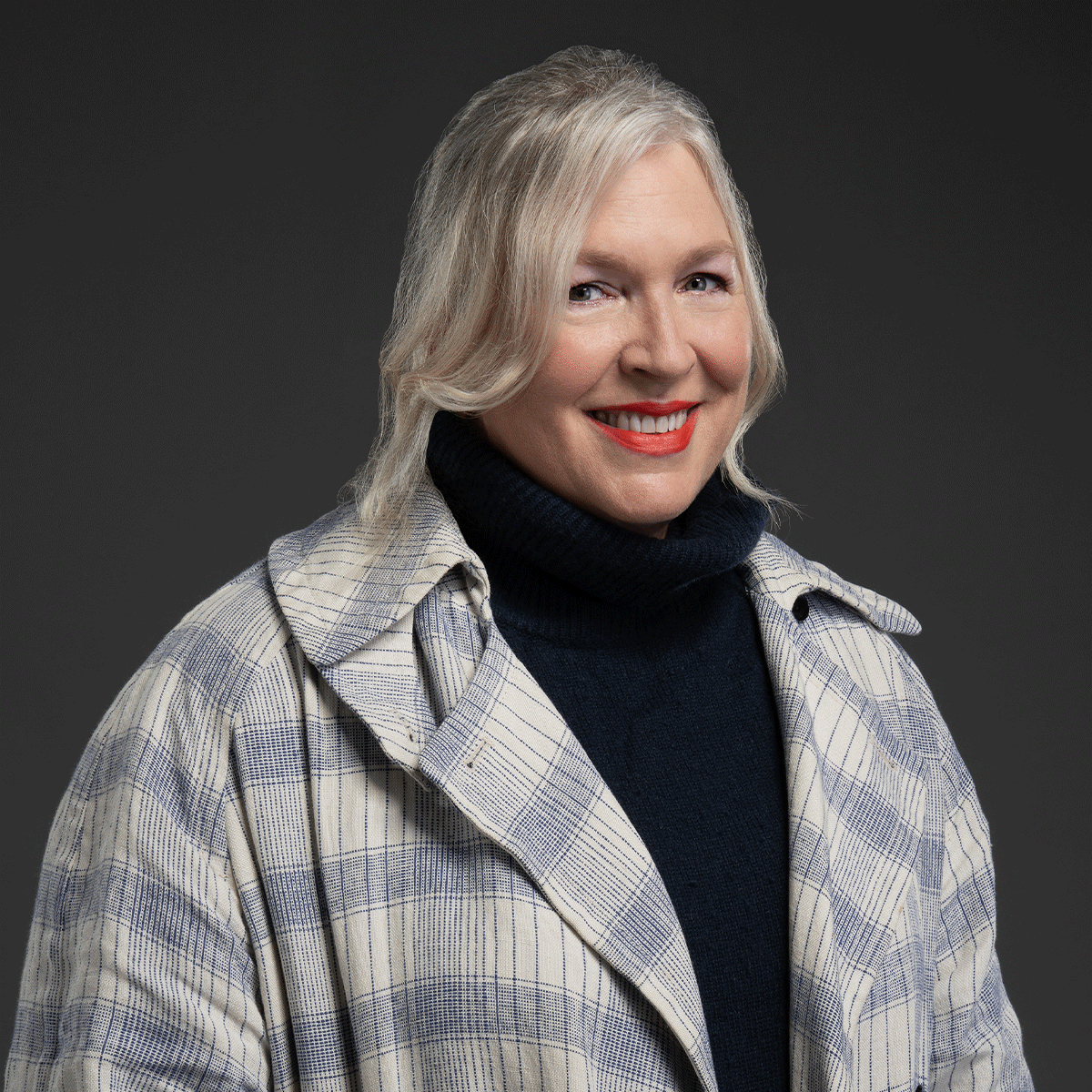 How the Frankenstein Costume Designer Brought the Film to Life
How the Frankenstein Costume Designer Brought the Film to LifePlus, what it was like working with Guillermo del Toro.
-
 Nobody Wants This Costume Designer Shares How She Built the World for the Hit Netflix Series
Nobody Wants This Costume Designer Shares How She Built the World for the Hit Netflix SeriesPlus, how she got her start.

